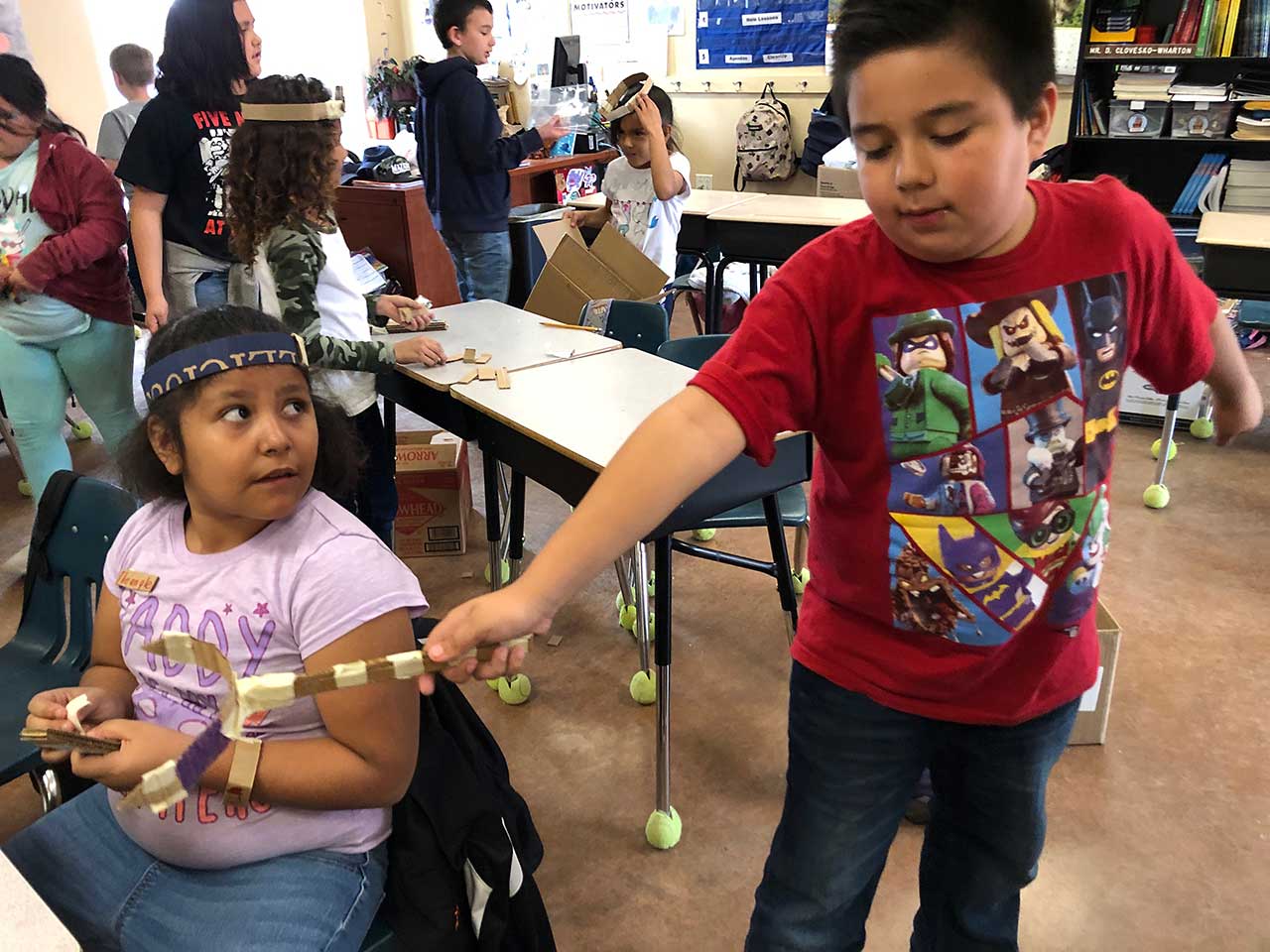Open The Door To Your Imagination
Time: 60 minutes
Materials: Lesson 1 video (when completed); The Daily Doodle notebook or student worksheets (link below) and pencils.
Overview: Students discover where one of the greatest sources of creativity is…right inside of them!
They learn what a doodle is and why capturing their ideas in a notebook every day is a valuable tool that will help them grow their imagination and make their ideas become reality.
Students review the basic elements of their worlds that will be developed throughout The Universe Within, and receive their first assignment to identify what problem their characters will solve in their worlds.
They contemplate if they had the power to change one thing in the world, what would they change. They use The Daily Doodle to draw and write down ideas using stream of consciousness and letting go of thoughts, feelings and reaction. They just let their ideas flow uninterrupted with no judgement or fear.
Assignments:
- As a group, students discuss how coming up with more ideas might help solve pressing problems in our world.
- As a group, students create an T Chart to list pressing problems in our communities.
- Individually, students create a T Chart to list problems of personal interest that they want to solve with 3 to 5 corresponding possible solutions for each problem.
- Individually, students research, using the computer, and write informative text to explain the science of their problems: what is it and why is it harmful? Finally, students explain why they’re passionate about solving this problem in detail.
Downloads:
Student Problem-Solution T-Chart Worksheet
Student Problem-Solution Text Worksheet
Instructor Protocol
Homework:
In the near future, students will use their imaginations to build a sculpture, using found objects. Their homework is to start looking for found objects that are not being used and recycled items that have been thrown out around the house, the yard and the community. Students as asked to tell their families what they’re looking for and see if they might help in this collecting effort. They’re encourage to look for light objects: bottle caps, yarn or strings, plastic toys, figures and objects, and collect them in a bag or box at home.

By the end of this lesson, students should be able to:
-Brainstorm “social or environmental problems” they’ve seen or heard about
-Define how the “social or environmental problems” could be addressed
-Identify a social or environmental problem of personal importance
-Define a particular social or environmental problem and list its causes and negative effects
This lesson meets the following Arizona State Standards:
-EnglishLanguageArts-Literacy.Writing.3.7, 4.7, 5.7 (Research to build and present knowledge)
-VisualArts.Create.1.3a, 1.4a, 1.5a (Create an imaginative artwork, such as a work that responds to a story or an invented fantasy, add details, brainstorm multiple approaches, combine ideas and concepts)
-VisualArts.Create.1.3b, 1.4b, 1.5b (Investigate personal ideas through the art-making process, create artwork that is meaningful and has purpose to the makers, combine concepts, and generate innovative ideas for creating art)
-3.4.5.EngineeringTechnologyScience.1a (Define and delimit an engineering problem that improves society and the natural world)
All Contents for The Universe Within © 2020 Mat Bevel Company, Patagonia Public Schools and University of Arizona School of Mathematical Sciences.